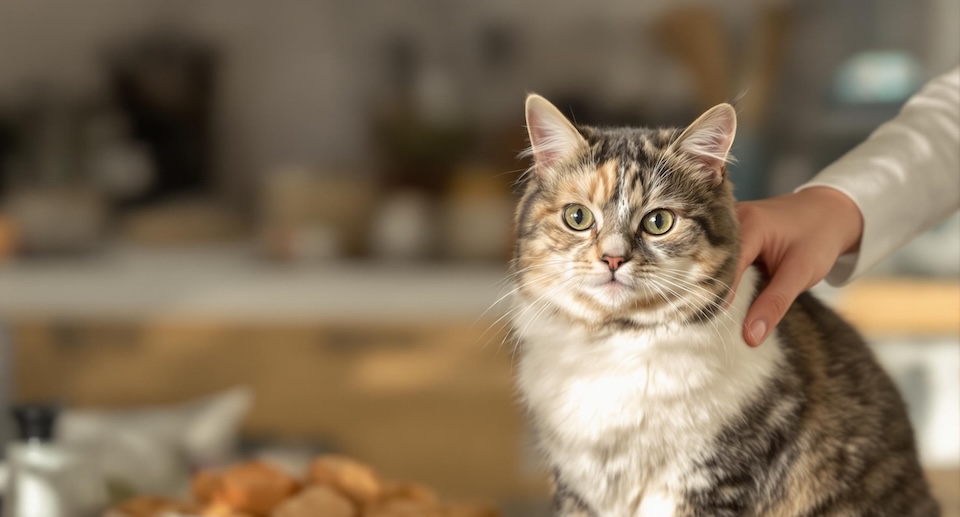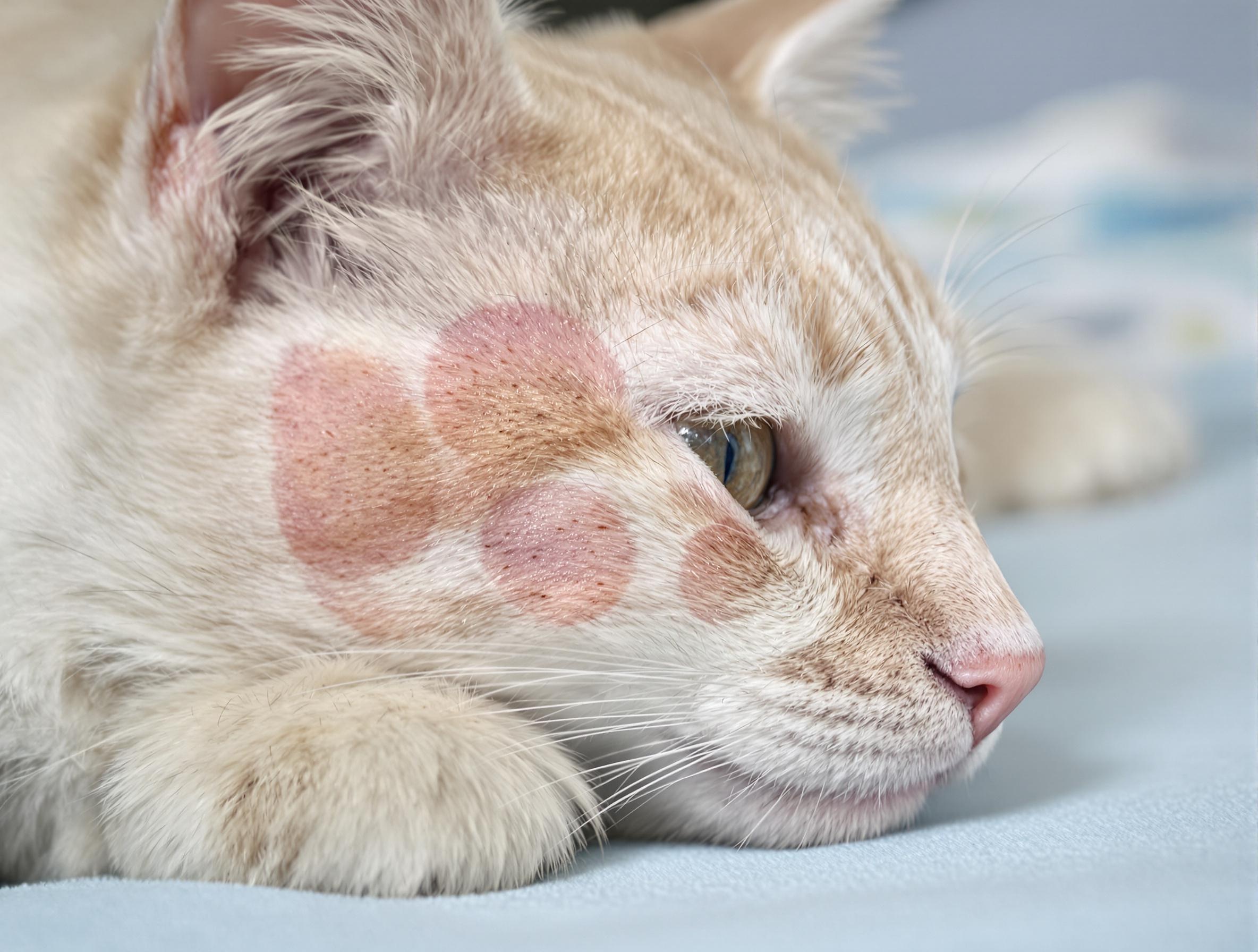
Key takeaways:
- Understanding your cat’s behavior is crucial to building trust and affection. Simple actions like respecting their space can help.
- Consistent play and routines, such as regular feeding times and interactive play sessions, enhance communication and strengthen bonds.
- Sharing peaceful activities, like grooming and soft interactions, promotes a lasting connection and can adapt to a cat’s changing energy levels.
Building a Strong Bond With Your Cat
Cats may be independent by nature, but that doesn’t mean they don’t crave connection. Building a strong bond with your feline friend takes time, patience, and an understanding of their unique personality. Some cats warm up quickly, while others take weeks or even months to trust their humans fully. No matter their pace, forming a close relationship leads to a happier, more confident cat—and a more fulfilling companionship for you.
The key to bonding is consistency in the little things, from mealtime routines to gentle play sessions. At PetHealthMD, we know every cat is different, and we’re here to support your journey. Whether you’re bringing home a new kitten or trying to connect with a shy rescue, these simple and effective techniques will help strengthen your bond.
Understanding Feline Behavior for Better Bonding
Cats share their feelings with us in beautiful and meaningful ways. Their natural way of communicating has developed through thousands of years of living with humans, creating a special bond that spans over 9,000 years.
Your feline friend uses its environment to express itself and feel secure. Each cat creates its own space within your home, carefully marking areas that matter to it. Those sweet moments when your cat rubs against your legs or furniture serve two purposes—they’re both showing love and creating a shared space that feels safe and familiar.
By providing cozy spots like window perches or quiet hiding places, you show respect for their natural needs.
Best Bonding Activities for Cats and Owners
Sharing special moments with your cat creates joy for both of you. These bonding activities match your cat’s energy levels while deepening your connection:
Active Bonding
- Start daily play sessions with wand toys or laser pointers when your cat feels most energetic. Besides being a great pastime for you and your pet, these activities can prevent behavioral issues and reduce stress.
- Make mealtimes fun with puzzle feeders or treat-dispensing toys, staying close to share in your cat’s satisfaction as they solve these food mysteries together with you.
- Design an adventure zone using boxes, tunnels, and climbing spots. Delight in your cat’s curiosity as they explore their new territory with you as their trusted companion.
Gentle Bonding
- Create peaceful grooming moments—spend 5–10 minutes brushing your cat in a quiet space, reading their comfort signals. These calming sessions strengthen your emotional connection.
- Give them gentle, reassuring touches. Soft head rubs or chin scratches can be soothing and build trust. Watch for signs of enjoyment, like purring or leaning in.
How to Play With Your Cat to Build Trust and Affection
Playing with your cat is a way to build trust and strengthen your bond. By engaging them in the right kind of play, you’ll create positive experiences that help them feel safe and connected to you. Here’s how you can establish a playful dynamic that brings you closer together.
Creating a Consistent Play Routine
Regular play sessions form the foundation of trust between you and your cat. Schedule two to three 10 to 15-minute play periods daily, ideally before meals when your cat is naturally alert. This predictable pattern helps your cat feel secure and builds anticipation for quality time with you.
Choosing the Right Toys and Techniques
Learning how to play with your cat to build trust starts with selecting appropriate toys. Wand toys featuring feathers or ribbons allow you to maintain a comfortable distance while engaging their natural hunting instincts. Interactive puzzle toys provide mental stimulation and teach your cat to associate you with positive experiences.
Reading Your Cat’s Play Signals
Success in play-based bonding depends on understanding your cat’s body language. Forward-facing ears and an actively swishing tail indicate engagement. When your cat looks away or begins grooming during play, they need a break.
Let them catch their “prey” occasionally, praising them with soft words like “good hunting” or offering small treats if they enjoy them. This positive reinforcement strengthens your connection and builds their confidence.
Quick Tip: Watch for These Play-Ready Signals
- Ears pointed forward
- Tail held high with gentle movement
- Direct eye contact with dilated pupils
- Light pawing at toys or you
- Relaxed whiskers pointing forward
Common Questions About Cat Bonding
Here are helpful answers to common questions about building a loving bond with your cat, packed with practical tips to strengthen your relationship.
How can I tell if my cat and I have a strong bond?
Cats show affection through both subtle and obvious behaviors. Watch for gentle head butts, relaxed purring in your presence, and those special cat kisses. More active signs include bringing you toys, following you between rooms, and choosing your lap over other cozy spots in the house.
How do I create bonding time with a busy schedule?
Create mini-bonding moments during your daily routine, like gentle brushing while you have morning coffee or sharing quiet time during your bedtime routine. Multiple brief interactions throughout the day, especially during feeding times, build lasting connections. Keep a few interactive toys near your workspace for spontaneous play sessions.
What’s the best approach for bonding with an aloof cat?
Start by establishing a predictable routine that respects your cat’s space. Place their favorite treats or toys in increasing proximity to where you spend time. Try sitting quietly on the floor while reading or working, allowing them to investigate you at their pace. A fishing rod toy can create engaging play sessions while maintaining a comfortable distance.
How can I help a rescued cat learn to trust me?
Cats that miss early socialization may need extra patience to develop trust. Create a quiet, safe space where they control interactions. Try offering treats from a distance, gradually decreasing the space between you as they show comfort.
What adjustments help maintain bonds with senior cats?
Adapt your bonding routine to match your senior cat’s energy and comfort levels. Replace energetic play with gentle grooming sessions, quiet companionship, and cozy lap time. Consider heated beds near your regular spots to encourage closeness. If you notice sudden changes in bonding behavior, schedule a check-up with your veterinarian.
Having a Lasting Bond With Your Cat: Next Steps
Building a strong relationship with your cat is all about patience, consistency, and learning their unique communication style. While some cats quickly form deep attachments, others need more time to feel safe and secure. Every positive experience—whether it’s a quiet cuddle, a fun play session, or simply respecting their space—reinforces that bond and brings you closer together.
Looking for more ways to connect with your cat? PetHealthMD has reliable advice on everything from interactive play to understanding feline body language. Whether you’re helping a shy cat come out of their shell or just looking for new ways to strengthen your bond, we’ve got the resources to support you.
Also, explore cat supplies at 1800PetMeds for a vast selection of food, toys, and health essentials to help keep your feline friend happy and thriving.





